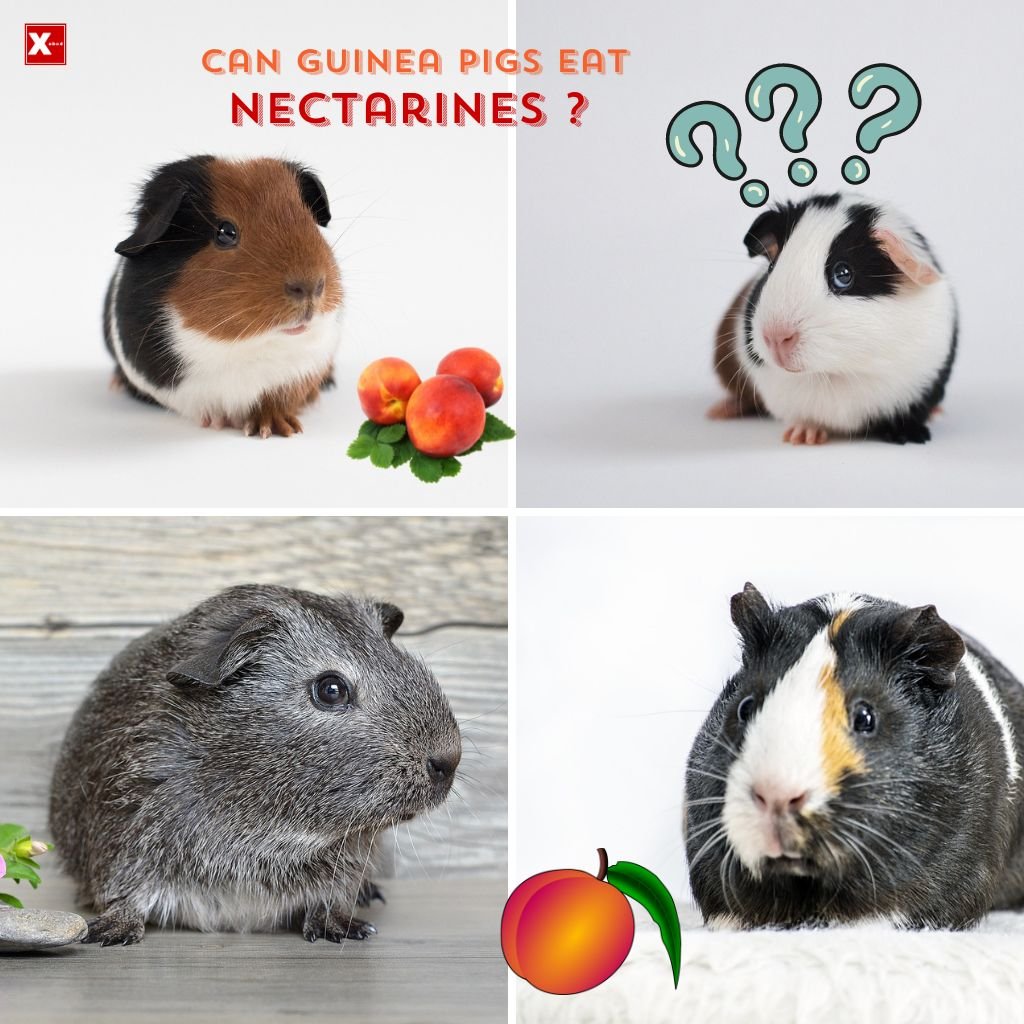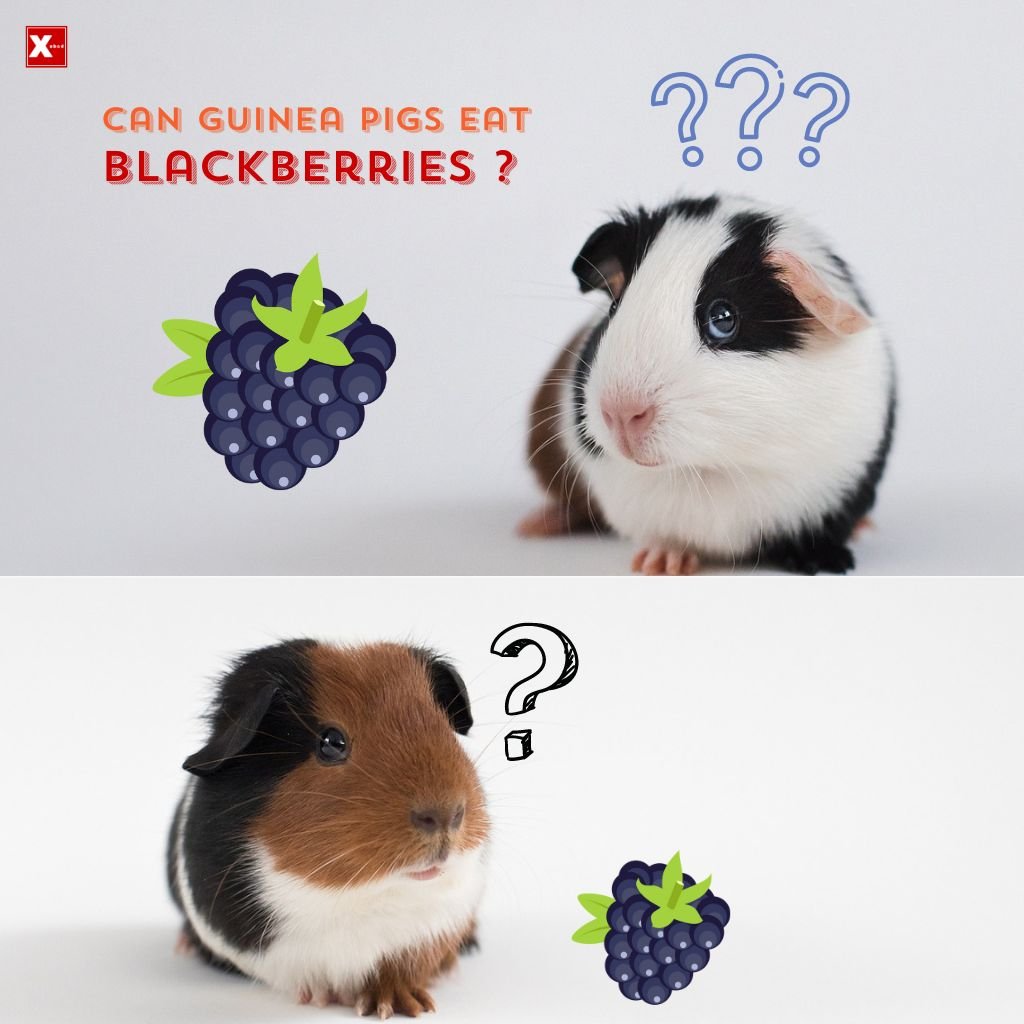Guinea pigs have a diverse diet that includes a wide range of fruits and vegetables. However, understanding what is safe for them to eat can be quite intricate. Fortunately, nectarines have been confirmed as a suitable food for guinea pigs. Now, let's delve into the matter of offering sugar peas to these adorable creatures.
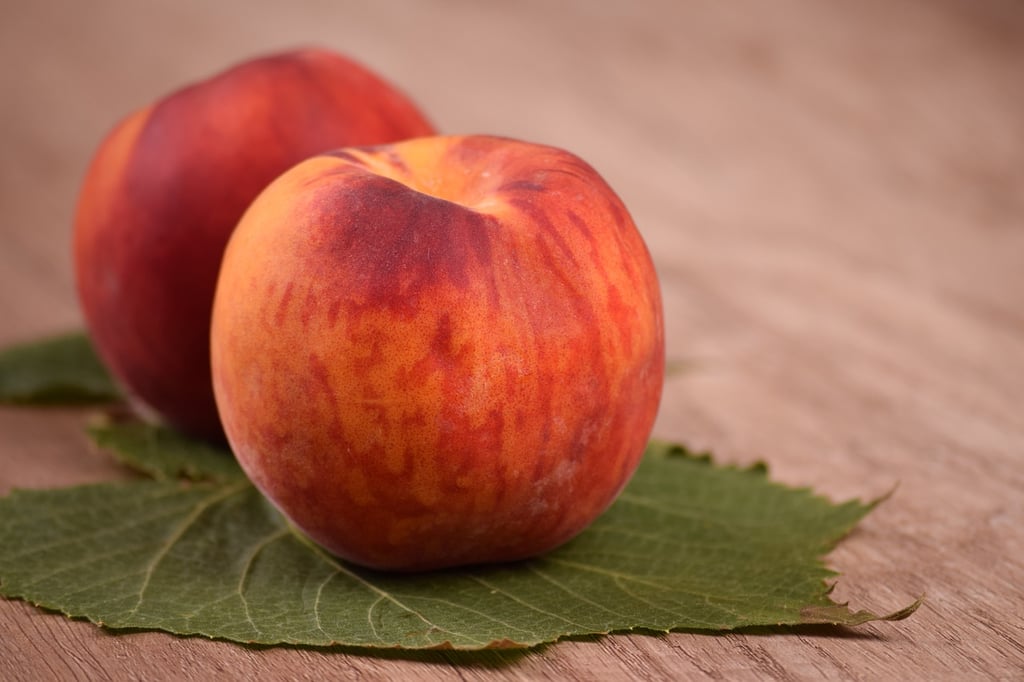
The Nutritional Value of Nectarines
When it comes to considering whether nectarines are suitable for guinea pigs, understanding their nutritional value is crucial. These delicious fruits belong to the same family as peaches and are a rich source of essential vitamins and minerals that can benefit your furry friend's health.
Here are some key nutrients found in nectarines:
- Vitamin C: Nectarines are packed with vitamin C, which is essential for guinea pigs. Unlike humans, guinea pigs cannot produce this vitamin on their own, so they rely on their diet to meet their requirements. Vitamin C plays a vital role in maintaining a healthy immune system and supporting overall well-being.
- Vitamin A: Another important vitamin found in nectarines is vitamin A. This nutrient is essential for proper vision and supports healthy skin and mucous membranes.
- Fiber: Nectarines contain dietary fiber, which is important for promoting healthy digestion in guinea pigs. Fiber helps prevent issues such as constipation and supports optimal gut health.
- Potassium: Guinea pigs require potassium to maintain a healthy fluid balance and support proper muscle function. Nectarines are a good source of this essential mineral.
Incorporating nectarines into your guinea pig's diet can provide them with these beneficial nutrients, helping to enhance their overall health and well-being.
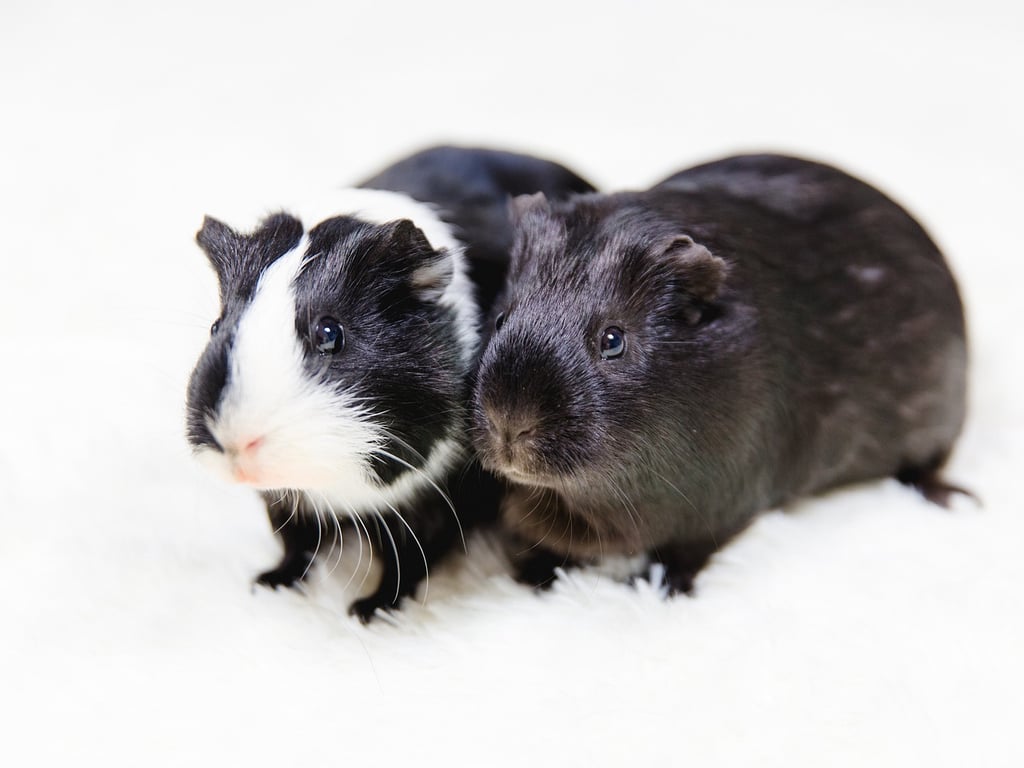
Feeding Nectarines to Guinea Pigs: Benefits and Risks
When it comes to feeding nectarines to guinea pigs, there are both benefits and risks to consider. Nectarines are a delicious fruit that humans enjoy, but can they be safely included in a guinea pig's diet? Let's delve into the advantages and potential drawbacks:
1. Nutritional Benefits: Nectarines are packed with essential vitamins and minerals that can benefit guinea pigs. They contain vitamin C, which is crucial for their overall health as guinea pigs lack the ability to synthesize this vitamin on their own. Additionally, nectarines are a good source of fiber, which aids in maintaining a healthy digestive system.
- Vitamin C: Guinea pigs require a daily intake of vitamin C, and nectarines can contribute to meeting this requirement. However, it's important to note that nectarines should not be the sole source of this vitamin in their diet, as they still need additional sources.
- Fiber: Nectarines contain dietary fiber that helps regulate guinea pigs' digestion and prevent issues like constipation. The fiber content in nectarines can contribute to a balanced diet for your furry friend.
2. Sugar Content: While nectarines offer nutritional benefits, they also have a relatively high sugar content. Excessive sugar consumption can lead to weight gain and even diabetes in guinea pigs. Therefore, it is crucial to feed nectarines to your guinea pig in moderation.
3. Potential Risks: Some guinea pigs may be more sensitive than others and may experience digestive issues after consuming nectarines. It's essential to introduce nectarines gradually into their diet and monitor their reactions. If you notice any signs of discomfort, such as bloating or diarrhea, it is best to discontinue feeding them this fruit.
4. Proper Preparation: Before offering nectarines to your guinea pig, they should be thoroughly washed to remove any pesticides or residues. It is recommended to remove the skin and pit to prevent choking hazards or digestive complications. Cutting the nectarines into small, bite-sized pieces will also make it easier for your guinea pig to consume.
5. Balancing the Diet: Nectarines should be considered as a treat or occasional addition to your guinea pig's regular diet. The main portion of their diet should consist of fresh hay, high-quality guinea pig pellets, and fresh vegetables known to be safe for guinea pigs. It's important to maintain a balanced diet and not rely solely on nectarines or other fruits.
By considering the benefits and potential risks, preparing nectarines properly, and maintaining a balanced diet, you can safely offer nectarines to your guinea pig as a delicious and nutritious treat. Remember to consult with a veterinarian if you have any concerns or questions about introducing new foods to your furry friend's diet.
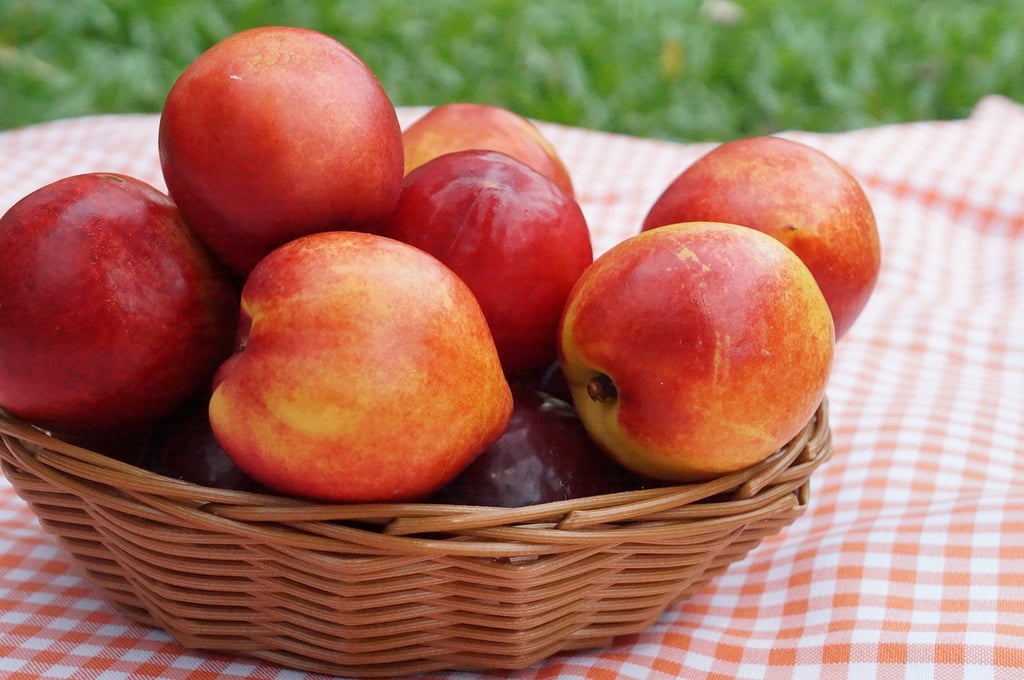
Preparing Nectarines for Guinea Pigs
When it comes to preparing nectarines for your guinea pig, there are a few important steps to follow to ensure they can enjoy this tasty treat safely. Here are some guidelines to keep in mind:
1. Wash the nectarine: Before feeding a nectarine to your guinea pig, it is crucial to wash it thoroughly to remove any dirt, pesticides, or residues that may be present on the skin. Use clean water and gently rub the nectarine under running water to cleanse its surface.
2. Peel or leave the skin: The skin of a nectarine can be a bit tough for guinea pigs to chew and digest, so it is generally recommended to peel the fruit before serving it to them. However, if you prefer to leave the skin on, make sure to thoroughly wash it to remove any potential contaminants. Keep in mind that some guinea pigs may have trouble digesting the skin, so monitor their reaction and adjust accordingly.
3. Remove the pit: The pit or seed of a nectarine contains cyanide, which is toxic to guinea pigs and can pose a choking hazard. It is crucial to remove the pit completely before giving the nectarine to your furry friend. Cut the fruit into small, bite-sized pieces, making sure to discard the pit and any other hard or inedible parts.
4. Cut into manageable pieces: Guinea pigs have small mouths, so it is important to cut the nectarine into small, manageable pieces. This will not only make it easier for them to eat but also reduce the risk of choking. Aim for bite-sized portions that your guinea pig can comfortably chew and swallow.
5. Serve fresh: Nectarines are best served fresh to retain their nutritional value and flavor. Avoid storing cut nectarines for too long, as they can quickly become mushy and lose their appeal. If you have leftover nectarine, store it in an airtight container in the refrigerator for up to 24 hours, but try to feed it to your guinea pig as soon as possible for the best quality.
By following these simple steps, you can prepare nectarines for your guinea pig in a safe and enjoyable way. Remember to always introduce new foods slowly and in moderation, keeping a close eye on your guinea pig's reaction. With proper preparation, nectarines can be a delicious and nutritious addition to your guinea pig's diet.
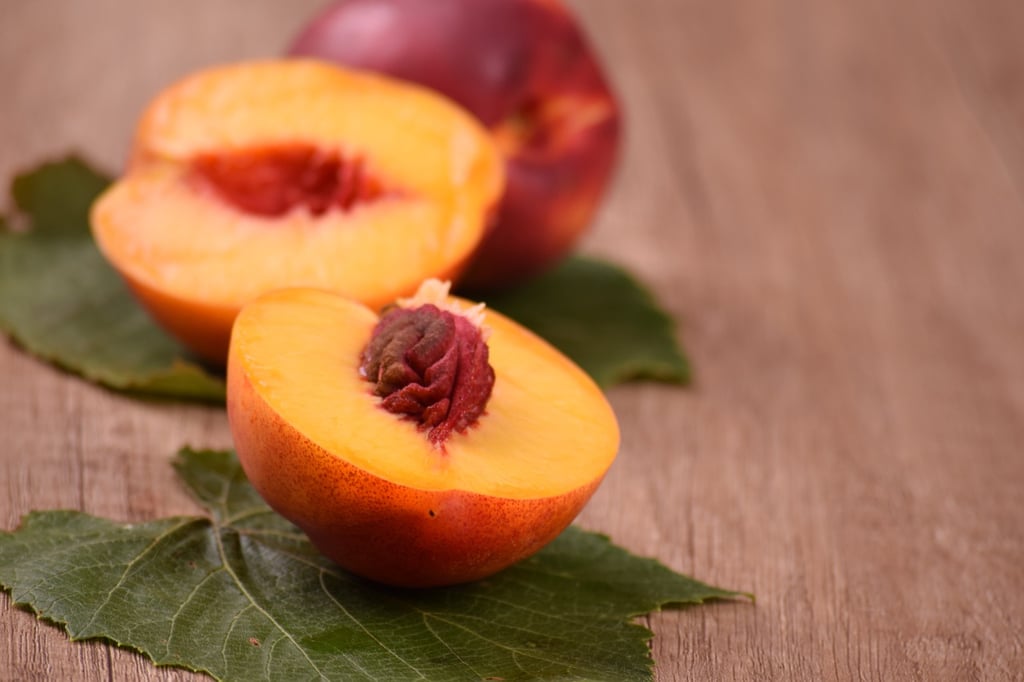
Serving Size and Frequency
When it comes to feeding nectarines to your guinea pig, it's important to consider the serving size and frequency. While nectarines can be a healthy addition to their diet, it's crucial to offer them in appropriate portions and not overdo it.
1. Serving size:
- Start by offering a small slice of nectarine to your guinea pig. It's advisable to begin with a small amount to gauge their reaction and ensure they tolerate it well.
- Observe their eating habits and if they enjoy the nectarine, you can gradually increase the serving size. However, it's essential to keep the portions small to prevent any digestive issues.
2. Frequency:
- While guinea pigs can eat nectarines, it's important not to offer them every day. Nectarines are high in sugar content, and excessive consumption can lead to health problems like obesity and digestive issues.
- It's recommended to limit serving nectarines to your guinea pig to once or twice a week. This allows them to enjoy the treat without compromising their overall health.
3. Balanced diet:
Remember, nectarines should be considered as a supplement to your guinea pig's regular diet and not a primary food source. Guinea pigs require a balanced diet that consists mainly of hay, fresh vegetables, and a limited amount of fruits.
Ensure that the majority of your guinea pig's diet consists of high-quality hay, as it provides essential fiber for their digestive system. Fresh vegetables such as bell peppers, leafy greens, and carrots should also be a daily part of their meals.
In conclusion, serving size and frequency are crucial factors when it comes to feeding nectarines to your guinea pig. By offering small portions and limiting their consumption to once or twice a week, you can ensure that your furry friend enjoys the benefits of nectarines without any adverse effects on their health. Remember to always prioritize a balanced diet and consult a veterinarian if you have any concerns about your guinea pig's dietary needs.
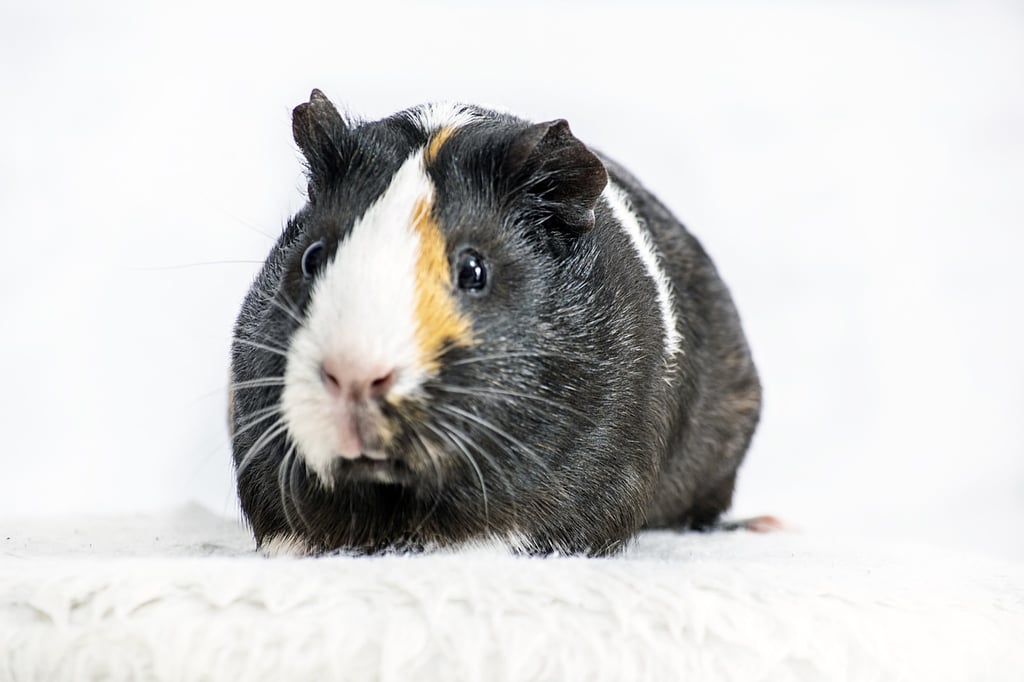
Signs of Allergies or Digestive Issues
While nectarines are generally safe for guinea pigs to consume, it's important to be aware of any signs of allergies or digestive issues that may arise. Some guinea pigs may have sensitivities or intolerances to certain fruits, including nectarines. Therefore, it's crucial to closely observe your guinea pig after introducing nectarines into their diet.
If your guinea pig experiences any digestive issues after eating nectarines, such as diarrhea or stomach upset, it may be an indication of an intolerance or sensitivity. In such cases, it's best to discontinue feeding them nectarines and consult a veterinarian for further guidance.
Allergies to nectarines in guinea pigs are rare, but they can occur. If you notice any unusual symptoms after feeding your guinea pig nectarines, such as excessive itching, sneezing, or skin rashes, it's important to take note and seek professional advice.
It's worth mentioning that guinea pigs have delicate digestive systems and are prone to developing gastrointestinal issues. Introducing new foods, including nectarines, should be done gradually and in small quantities to avoid any potential digestive disturbances.
- Monitor your guinea pig's stool consistency. Loose or watery stools may indicate digestive upset.
- Observe their behavior for signs of discomfort, such as decreased activity or loss of appetite.
- Pay attention to any changes in their urinary habits, as excessive urination or discolored urine can signal an issue.
If you notice any of these signs or any other unusual symptoms, it's essential to consult with a veterinarian who specializes in small animals for a proper diagnosis and appropriate treatment.
To summarize, guinea pigs can safely enjoy nectarines as a part of their diet, but it is important to do so in moderation and with proper preparation. Nectarines are a great source of vitamins and minerals, but their high sugar content can be harmful if consumed excessively. By following the guidelines mentioned in this article and closely monitoring your guinea pig's reaction, you can safely incorporate nectarines into their diet and provide them with a tasty treat. Remember, always prioritize your pet's health and well-being when introducing new foods to their diet.

Alternatives to Nectarines
If you're concerned about feeding nectarines to your guinea pig or if they simply don't seem to enjoy them, fret not! There are plenty of other fruits and vegetables that can serve as healthy alternatives. Here are some options you can consider:
- Apples: Guinea pigs generally love apples, and they provide a good amount of vitamin C. Just make sure to remove the seeds and core and offer them in small, manageable pieces.
- Strawberries: These delicious berries are packed with vitamin C and can be a tasty treat for your furry friend. Ensure you wash them thoroughly and slice them into suitable sizes.
- Oranges: While guinea pigs can have oranges, it's crucial to offer them in moderation due to their high acidity. Remove the seeds and any skin before serving small segments.
- Blueberries: Another vitamin C-rich option, blueberries can make a refreshing and nutritious snack for your guinea pig. Give them a rinse and offer a few berries as a special treat.
- Bell Peppers: These colorful vegetables aren't just visually appealing but also a great source of vitamin C. Slice them into strips or small cubes for your guinea pig to munch on.
Remember, it's essential to introduce new foods gradually and observe how your guinea pig responds to them. Each guinea pig is different and may have unique preferences when it comes to fruits and vegetables.
Additionally, always make sure to wash any fruits or vegetables thoroughly before feeding them to your guinea pig. Remove any seeds, pits, or parts that may be harmful to their health. Providing a varied and balanced diet will keep your guinea pig happy and healthy.
To summarize, guinea pigs can safely enjoy nectarines as a part of their diet, but it is important to do so in moderation and with proper preparation. Nectarines are a great source of vitamins and minerals, but their high sugar content can be harmful if consumed excessively. By following the guidelines mentioned in this article and closely monitoring your guinea pig's reaction, you can safely incorporate nectarines into their diet and provide them with a tasty treat. Remember, always prioritize your pet's health and well-being when introducing new foods to their diet.
Faqs
-
Are nectarines safe for guinea pigs to eat?
Yes, nectarines are generally safe for guinea pigs to eat in moderation. They provide essential vitamins and minerals that contribute to their overall health. However, it's important to remove the pit and any skin before offering nectarines to your furry friend.
-
Can guinea pigs eat nectarines every day?
No, it is not recommended to feed guinea pigs nectarines every day. While nectarines have nutritional benefits, they also contain a high sugar content that can be harmful when consumed excessively. It is best to offer nectarines as an occasional treat, along with a balanced diet of hay, pellets, and fresh vegetables.
-
What are the signs and symptoms of a guinea pig having an allergic reaction to nectarines?
If a guinea pig is allergic to nectarines, they may show signs such as itching, swelling, or redness around the mouth and face. They may also exhibit digestive issues like diarrhea or vomiting. If you notice any of these symptoms after feeding your guinea pig nectarines, it is best to discontinue feeding and consult a veterinarian for further advice.

